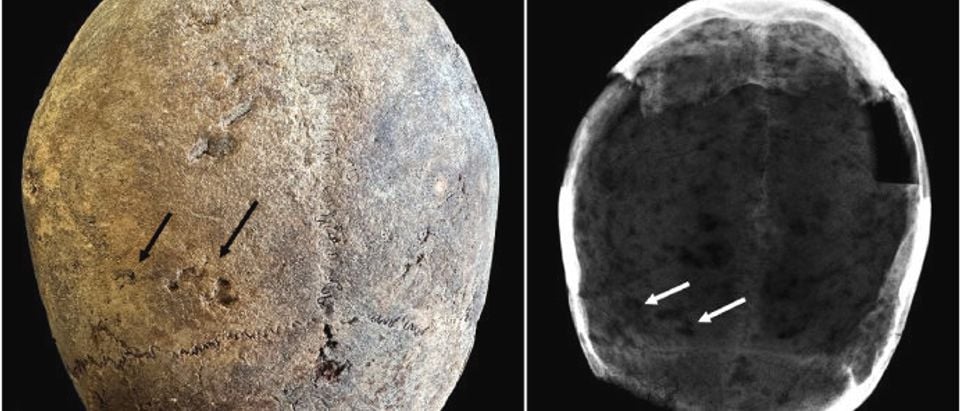
Posted on 08/28/2024 7:13:46 AM PDT by Red Badger

Fig. 1. Signs of caries sicca on cranium C2, both photograph and X-rays image / IMAGE AVAILABLE VIA SCIENCEDIRECT
======================================================================
An upcoming study in the October issue of the Journal of Archaeological Science reveals the first documented evidence of cocaine use in Europeans.
Italy may have always been an underrated party capital for Europe, or at least as far back as the 17th century (1600s). Remains of well-preserved mummified brains found inside the Ca’Granada crypt were analyzed by researchers from the University of Milan, and tested positive for the plant from which cocaine is derived (Erythroxylum coca).
Party jokes aside, the crypt is actually a burial site near a major hospital from the period, the Ospedale Maggiore, which predominantly treated Milan’s poor. Of the nine samples the team took, two tested positive for the plant. “Given that the plant was not listed inside the detailed hospital pharmacopeia, it may not have been given as a medicinal remedy but may have been used for other purposes,” the researchers noted.
The results push the timeline back on cocaine’s formal entry to Europe by almost two centuries. Spanish conquistadores first got their hands on the plant in the late 15th century while gallivanting around South America, ZME Science explained. Like the raver boys of today, the Spanish invaders were very much into the stimulant properties of the coca plant.
Use in the Americas dates back thousands of years, possibly as early as 3000 B.C. But this isn’t your dad’s 1980s cocaine, which is a far more potent and synthesized nasty (often cut with other drugs and awful things these days). The coca plant is a small shrub, native to South America, containing alkaloids that act as a stimulant on the central nervous system. It also suppresses hunger, so was part of daily use for many Indigenous peoples, ZME noted.
Heavy testing was conducted at the crypt site to ensure the cocaine’s presence wasn’t as a result of contamination. But just the fact it’s there means academics, historians, and anthropologists need to completely rethink the ancestry and prevalence of cocaine in Europe. And what did people actually use it for back then? I guess we’ll have to wait to find out.
I have never understood the attraction to cocaine.
Hmm...Abbie...
I presume this is intended as a picture of what Cocaine can do to your teeth. I also suspect this may be what scurvy looks like, and perhaps a cocaine life style can lead to scurvy.
Scurvy? Make ‘em walk the plank! :^)
Thanks glee’.
Disclaimer: Opinions posted on Free Republic are those of the individual posters and do not necessarily represent the opinion of Free Republic or its management. All materials posted herein are protected by copyright law and the exemption for fair use of copyrighted works.